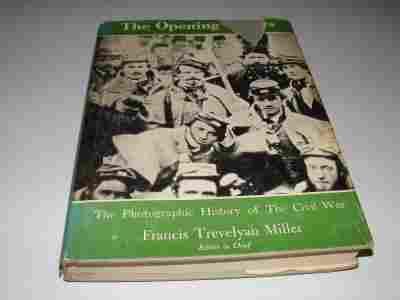USA WOJNA SECESYJNA FOTOGRAFIA OTWIERAJĄCE BITWY

Aukcja w czasie sprawdzania była zakończona.
Aktualna cena: 49.99 zł
Użytkownik inkastelacja
numer aukcji: 2442797981
Miejscowość Kraków
Wyświetleń: 13
Koniec: 03-07-2012 19:46:48
Dodatkowe informacje:
Stan: Używany
Okładka: twarda z obwolutą
Rok wydania (xxxx): 1957
Język: angielski
